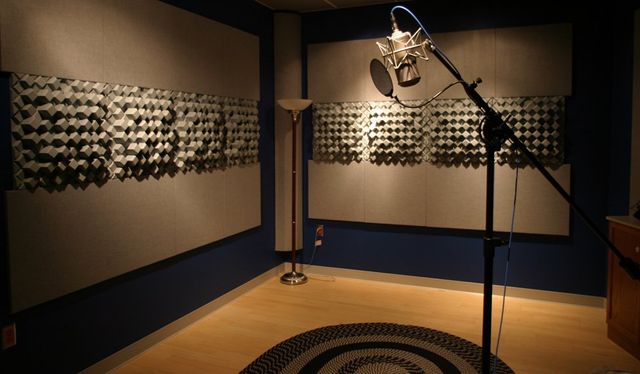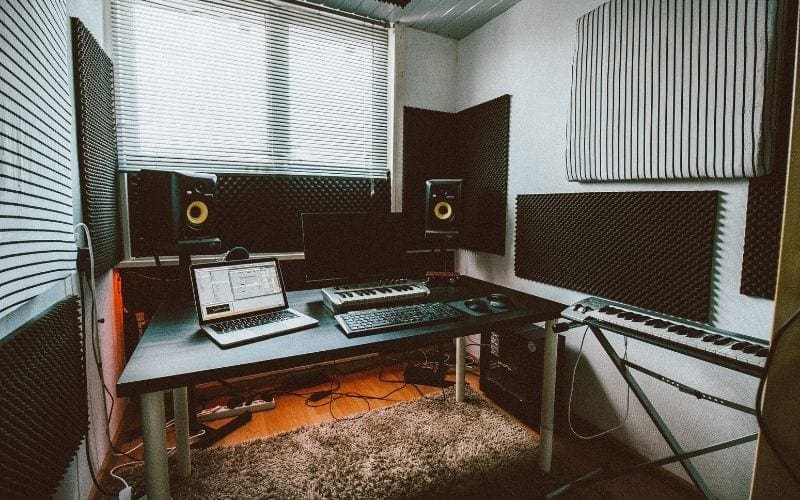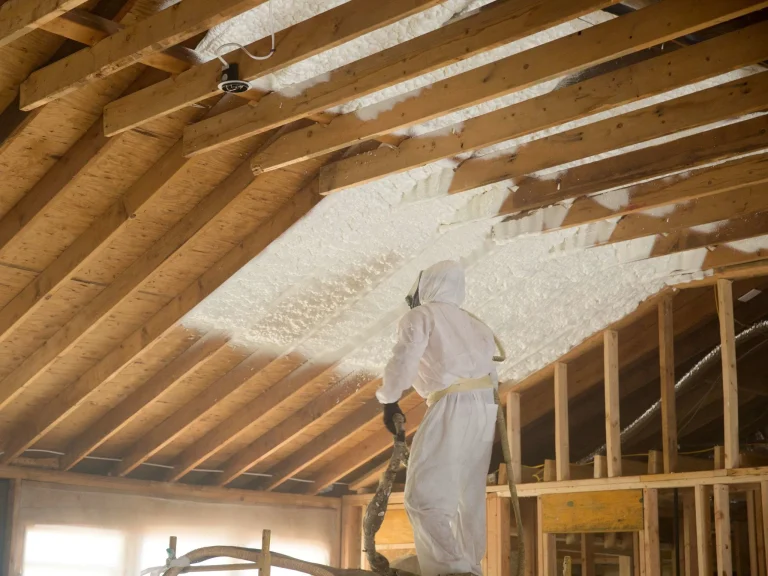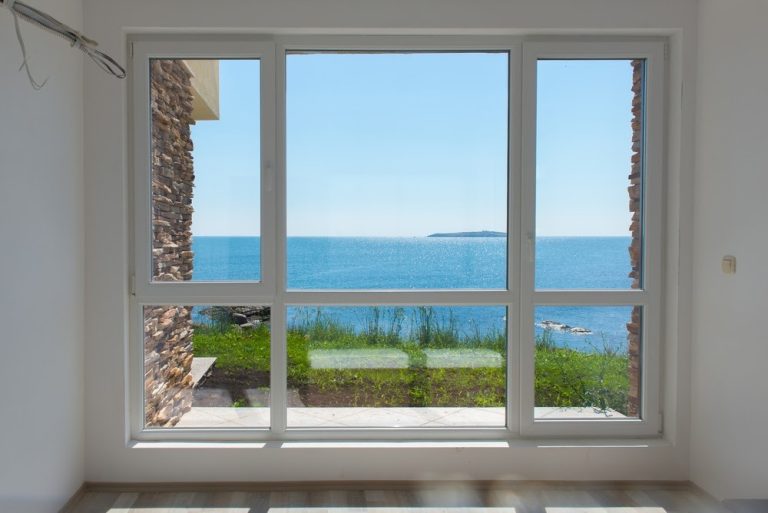Unwanted noise can often be an unwelcome guest in the tranquillity of our living spaces. From busy street sounds to the ruckus of home appliances, quiet can be elusive.
Luckily, there are several quick and easy soundproofing tricks that can significantly reduce the noise level in your room. If you’re a homeowner looking for peace or an apartment dweller needing to minimise sound transfer, these room soundproofing solutions can help create the serene environment you crave.
1. Weatherstripping for Doors and Windows
For homes that feel the chill of winter gusts or suffer from a drafty interior, weatherstripping can pull double duty. Not only does it keep the warm air in and cold air out, but it acts as a barrier to sound.
Older homes, in particular, may have gaps around doors and windows that allow sound to pass through. Weatherstripping is simple to apply, and there are various types to suit every need, from adhesive strips to door sweeps. In fact, weatherstripping can reduce noise level changes by up to 10 decibels.
2. Use Thick Rugs or Carpets
Hardwood and tiled floors may look lovely, but they tend to reflect and amplify sound. By placing a thick rug or carpet, the sound is absorbed, making a noticeable difference.
To tackle the noise, opt for high-pile carpets or rugs, which are more effective at sound absorption. It’s like giving your feet a treat while also treating your ears to a quieter room.
3. Hang Heavy Curtains
Heavy, densely woven curtains don’t just keep out the light; they keep out sound, too. By choosing curtains with additional thermal or blackout features, you’ll get even more insulation against noise.
Mount the curtains as close to the wall as possible and ensure they are wide enough to cover the whole window when closed. This can serve as yet another barrier for sound to pass through, further reducing noise levels in your home.

4. Install Acoustic Panels
Recognised for their use in music studios and home theatres, acoustic panels can enhance the sound quality of your space and reduce noise. These decorative panels come in various shapes, sizes, and colours.
This room soundproofing solution is easy to install and can be a stylish addition to any room. The larger the area you cover with these panels, the more effective they will be at damping sound.
5. Seal Electrical Outlets and Switches
It’s the little things that often go unnoticed. Noise can easily seep through the small openings around electrical outlets and switches. Sealing these gaps can make a surprising dent in the amount of noise that enters your room.
Acoustic sealants are perfect for this job. They are flexible, moisture-resistant, and can significantly reduce sound transmission, especially those higher frequencies that are more of an annoyance to our ears.
6. Bookshelves as Sound Barriers
Every bookworm’s dream! Why not put your extensive library to work by using bookshelves as a double-duty sound barrier and storage solution?
Filling bookshelves with various items, not just books, can aid in sound absorption and deflection. The more densely packed the shelves, the better they can break up sound waves.
7. Add Draft Stoppers to Doors
Underneath a door is yet another crevice for sound to sneak through. A simple draft stopper can block this passageway and keep the noise at bay.
You can purchase a draft stopper, also known as a door snake, or make one yourself by filling a long fabric tube with material such as rice or dried beans. It’s an inexpensive solution that can make a significant difference in the acoustics of your room.
8. Soundproof Paint or Wallpaper
A relatively easy application, soundproof paint and wallpaper are designed to dampen noise and resonance in a room.
Though they won’t block all sounds, they can help soften echo and the transmission of higher-frequency sounds. Apply as many coats as recommended for the best results.
9. Upgrade to Solid Core Doors
If your budget allows for a bit of a splurge, solid core doors are a great investment. They’re much denser than standard hollow core doors, making them much more effective at blocking sound.
Doors are often the weakest link in soundproofing between rooms. A solid core door can make a world of difference in how much sound passes through it.
10. Consider Adding a White Noise Machine
Sometimes, the best offence is a good defence. Rather than trying to cut out every sound, you can mask unwanted noise with a pleasant and consistent one. White noise machines simulate the sound of common natural elements like ocean waves or the wind.
This can be particularly effective for those who have trouble sleeping due to noise. By making the sound environment more consistent, your brain will be less likely to wake up due to a sudden and loud sound.
Conclusion
Incorporating these quick fixes can help create a more peaceful and private environment in any room. Each technique alone can make a difference, but combining several methods can provide a substantial reduction in unwanted noise. Remember, soundproofing doesn’t have to be a complex or expensive process. It can be as simple as adding a rug or hanging curtains. Try out these techniques and take a step closer to the serene space you deserve.









